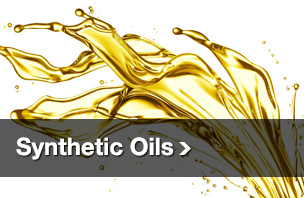One of the technological innovations coming out of World War II was the use of plasma for cutting metals and other substances. In this process, the temperature of a gas is raised until it becomes a plasma, a substance so hot that it can melt steel or cut through solid stone. This speeds up the cutting process, makes it more precise and allows greater standardization of the parts being produced.
The plasma cutting process is not without its disadvantages. The heat is so great that the piece being cut can melt or warp, and workplace fires resulting in worker injury can occur. The air around the plasma beam conducts some of the energy from it, and the density of the air lowers its frequency into the audible range, making a great deal of noise. The final danger with plasma cutters is that they scatter particles of metals into the air, creating a breathing hazard for workers.
The water table addresses all these problems and makes plasma cutters safer and easier to use. In this device, the cutting takes place in a container of water shaped like a table with raised sides. The piece to be cut is suspended at or slightly below the water’s surface so the water can carry excess heat, noise and particulate matter away from the work area.
Water is a perfect choice for this purpose, since it is an excellent conductor of heat. If the water gets hot enough to turn into water vapor, the molecular process of changing from one state to the other consumes most of the heat and cools the metal in seconds. Even after the metal cools below water’s evaporation temperature, the water is such a dense, conductive medium that it further conducts and disperses the heat.
The density of water causes sound waves passing through it to lose much of their energy. Acting as a shock absorber, the water reduces the amount of noise in the work area. Water also catches the stray particles of metal and washes them away for disposal.
This process is used in machine shops and manufacturing facilities using CNC cutting equipment. Because of it, the work area is safer and the cutting process is more practical.
Since water and metal are in contact, rust can result. To increase the life of metal parts, the water should contain additives to retard corrosion by limiting oxidation.




